Ever watched a drone turn a tedious tree-spraying job into a precision operation?
The Challenge: Protecting Rare Evergreen Trees
Picture this: You're out in the field with a stand of Canaan firs—trees thought to be nearly extinct, now revived for perfect Christmas shapes and scents. These aren't your average pines; they're bred for tough clay soils where regular evergreens struggle. But webworms? They're the enemy, spinning webs that can devastate the foliage if left unchecked.
I recently headed out on a job like no other—my first time spraying trees with a drone. The client had three orchards totaling about five acres, and the goal was clear: Hit the larvae stage hard before they mature and web up the branches. Ground sprayers? Forget it. These trees are tall, clustered, and in spots where machinery can't maneuver without damage.
Gear Up: Prepping the Drone Rig
First things first: Fuel up the truck (diesel this time—lesson learned from a gasoline mix-up mishap) and the generator. The rig? Our nuWay Ag trailer setup, loaded with T6X drones. We swapped in fresh units after a record-breaking fungicide run in Kentucky, where we covered acres no one's matched yet.
Mixing the insecticide for five acres at 30-35 gallons per acre meant prepping around 150-200 gallons total. Pro tip for drone entrepreneurs: Always over-prep slightly—it's better than running short mid-flight.
In the Air: Manual Mode Magic
Launching the drone felt like uncharted territory. These Canaan firs towered higher than expected, so I started conservative: 13 gallons on the first load, flying in manual plus mode with terrain-following altitude. Why manual? It lets you hug the canopy, ensuring the spray penetrates from top down—something ground equipment can't touch.
Watch the FPV camera tilt down for real-time views: The rotors create a downdraft that shakes the branches, driving the mist deep. We hit rainbows in the spray—proof of even coverage. Solenoid hiccups popped up (sticky valves from residue—clean them regularly), so I switched drones and nozzles mid-job. Four nozzles front and back on the T60 with a 60L tank (about 16 gallons) kept things flowing.
For boundaries: Map the plot, suck in the edges, set speed low for thorough saturation. No auto-pilot here—the trees' irregular shapes demand pilot control. Total time? Not long, but the gallons-per-acre rate means patience pays off.
Why Drones Win for Tree Spraying
This job nailed why agricultural spray drones are game-changers for entrepreneurs:
- Precision Targeting: Top-down application hits pests where they hide, reducing waste and drift.
- Efficiency in Tough Spots: Navigate rough terrain or tight orchards without compacting soil.
- Scalability: From small stands to full fields, scale jobs without massive crews.
- Safety Boost: No climbing ladders or risking overspray on operators.
Bag worms on evergreens? Drones deliver insecticide right to the webs, controlling outbreaks before they spread. And for rare trees like these Canaan firs, minimal disruption preserves their value—seeds collected annually for propagation.
Lessons from the Field
Door-knocking and networking landed this gig—shoutout to Dennis, grinding fungicide in Indiana. Building a drone business isn't passive; talk drones everywhere, hand out cards, educate clients. Buy a rig, but hustle to fill the schedule.
We wrapped with 150 gallons down, bag worms knocked out. The only fix? Those pesky solenoids—regular maintenance is key.
Ready to elevate your ag operations with spray drones? Head to nuwayag.com and let's chat about getting you started.


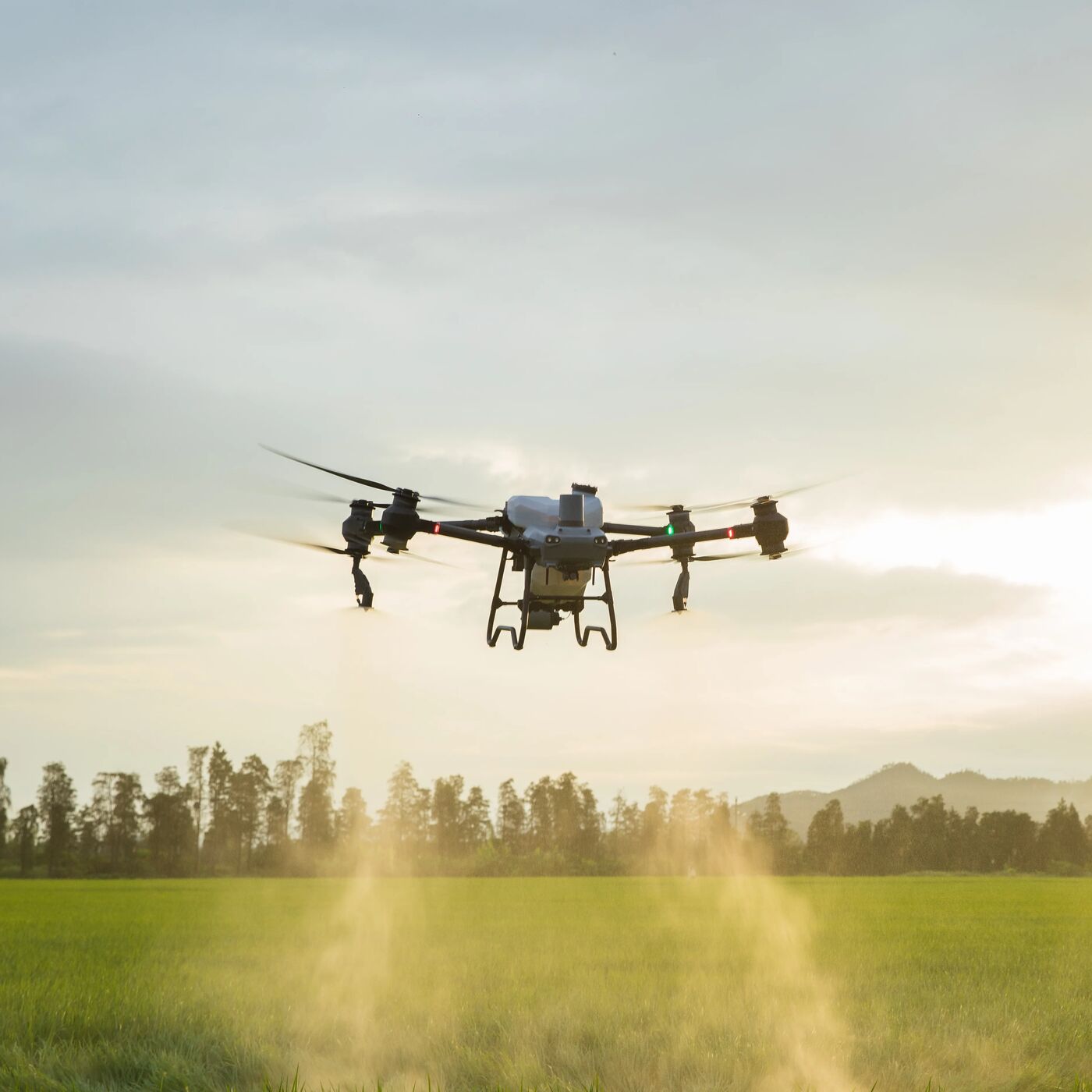
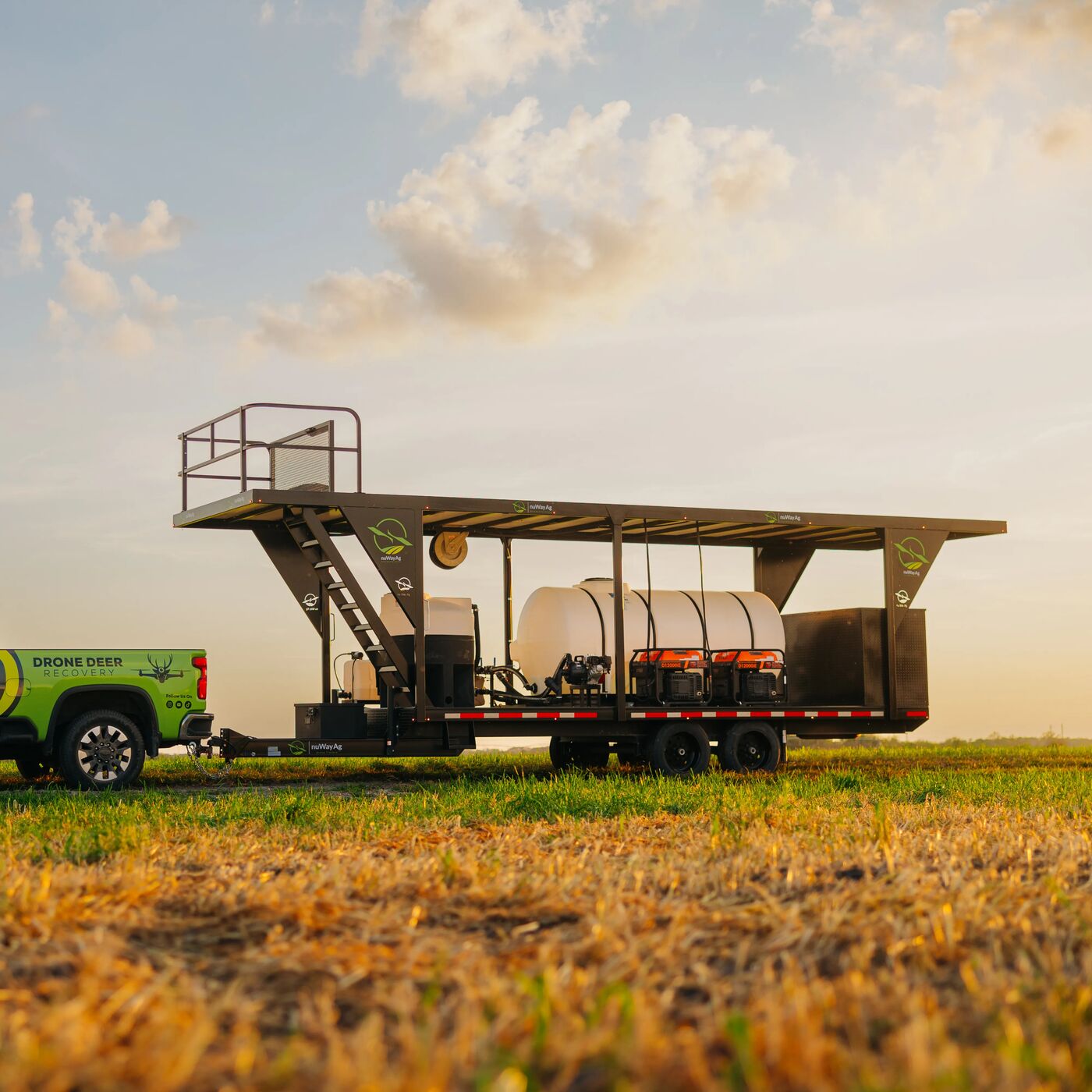
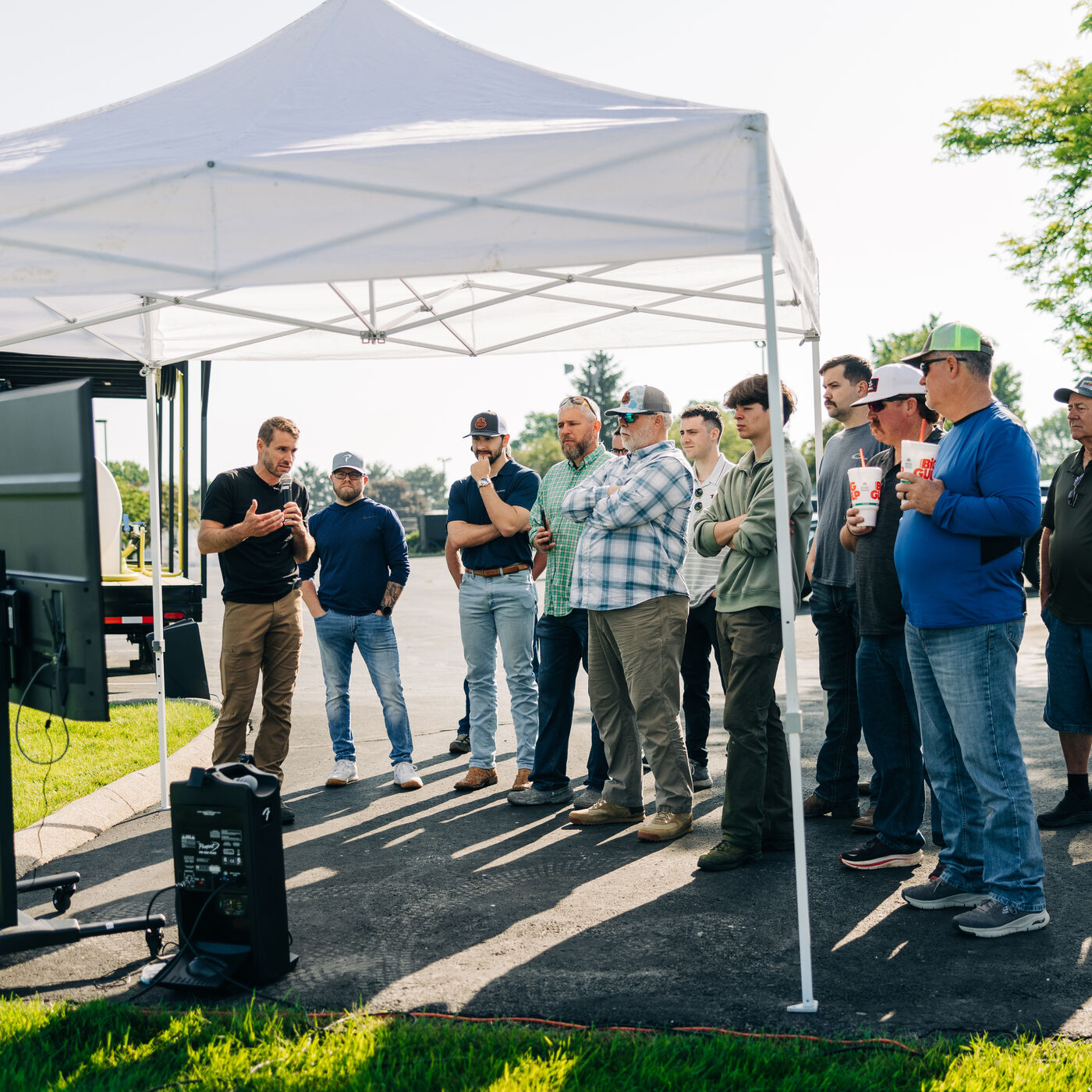
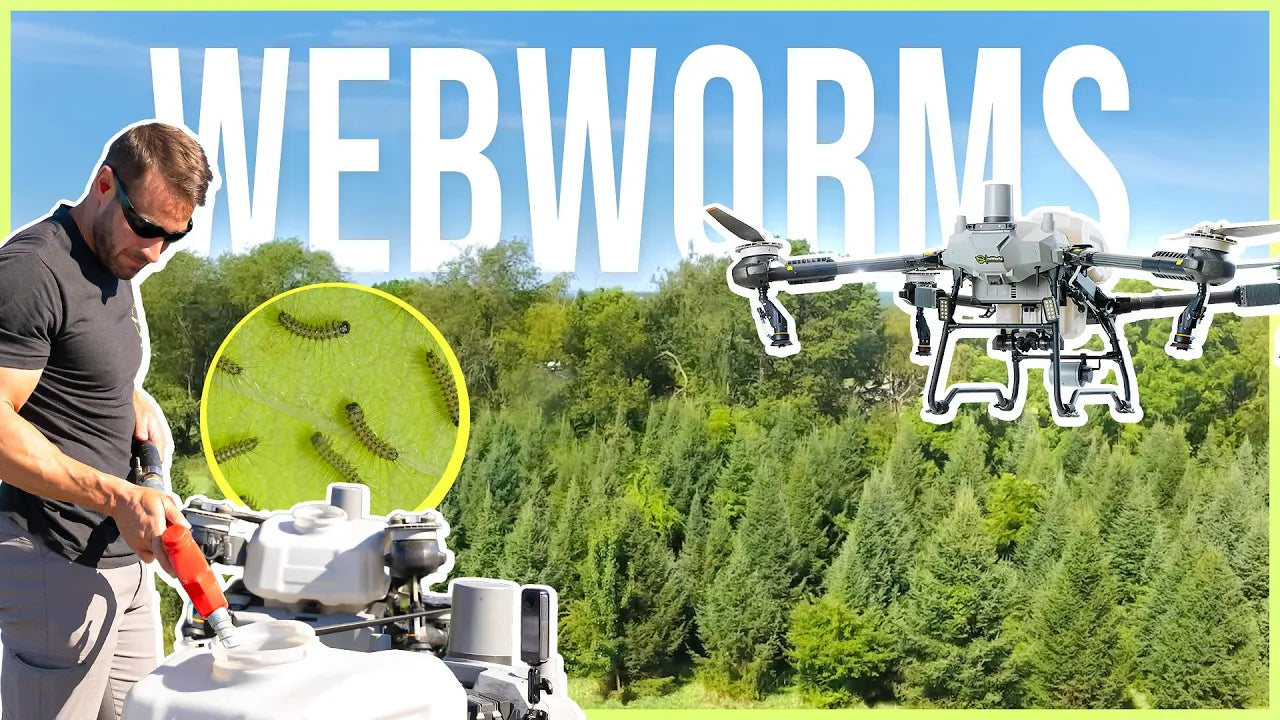
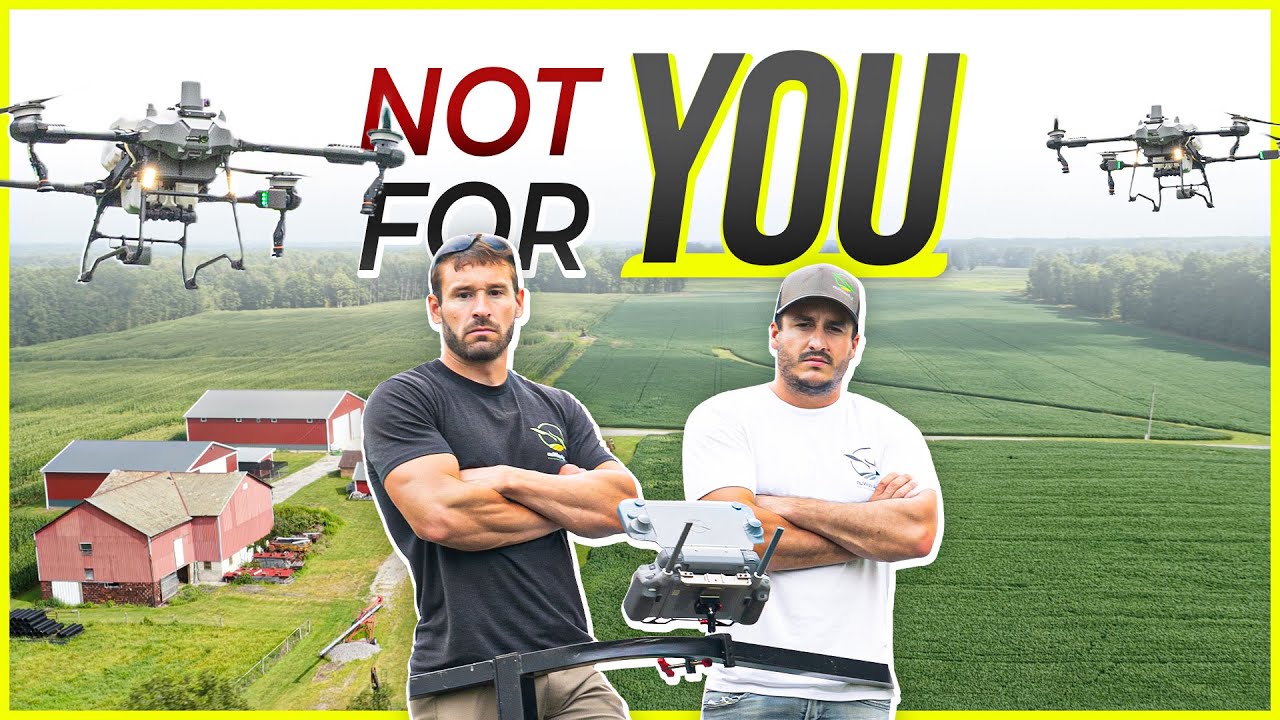
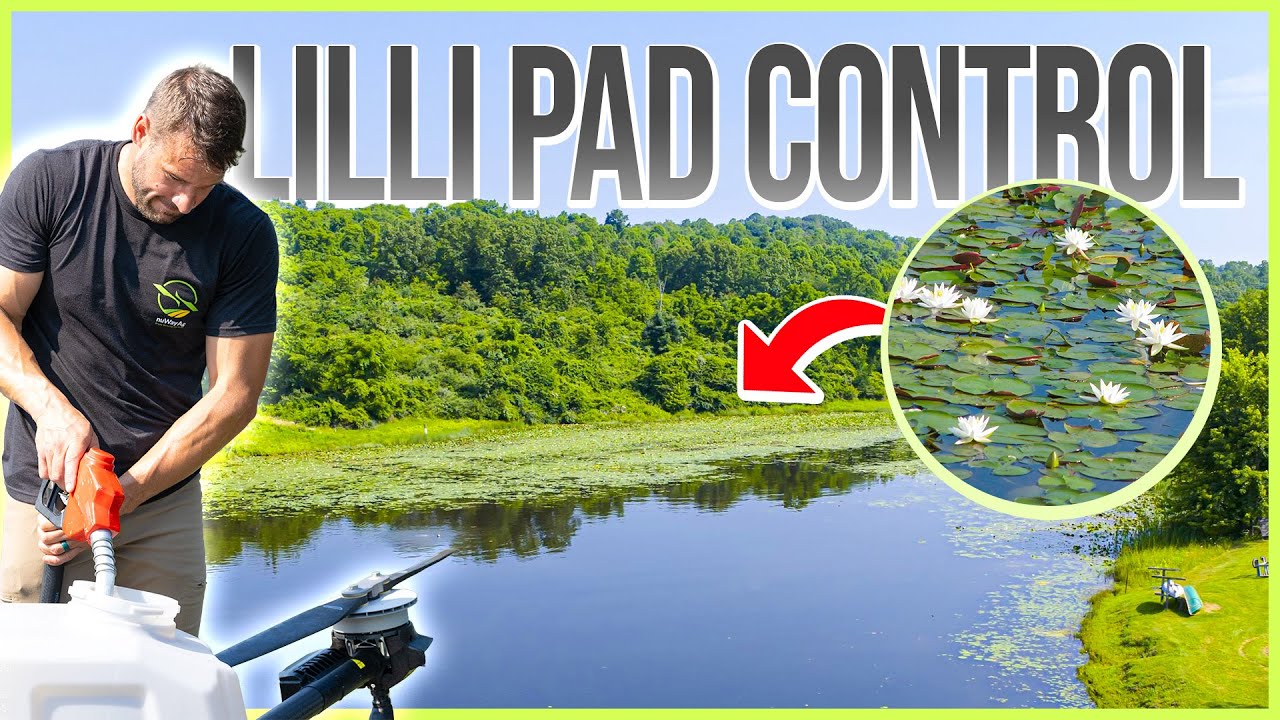
Leave a comment
This site is protected by hCaptcha and the hCaptcha Privacy Policy and Terms of Service apply.